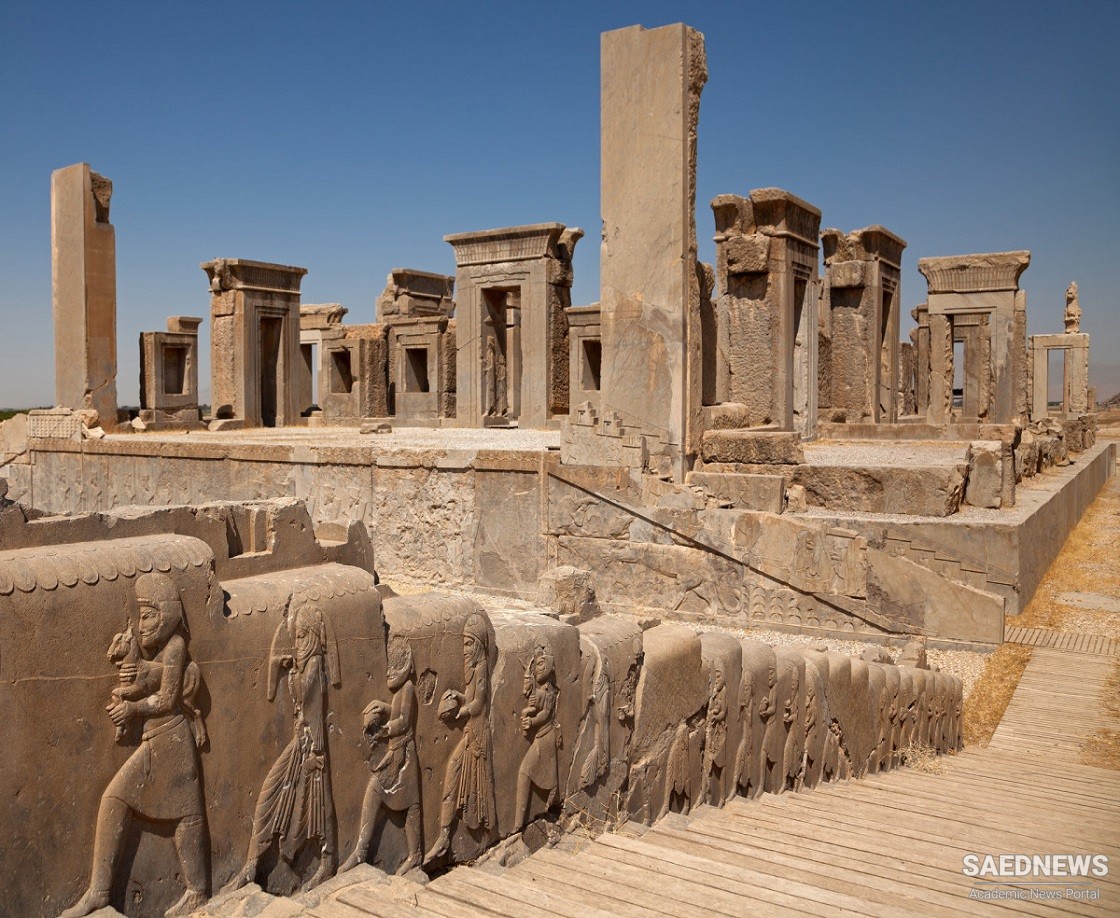The question most commonly asked by historians of Iranian religion throughout the ancient times, and one of those most hotly debated, has been whether the Achaemenids were Zoroastrians or not. The answer to this question has commonly been sought in terms of similarities and differences between Zoroastrianism and the Achaemenid religion as expressed in their inscriptions. The differences have often been defined in terms of “omissions and discrepancies” in the inscriptions as compared with Zoroastrianism: it is argued that, since many key terms and notions of Zoroastrianism are absent from the Old Persian inscriptions, the Achaemenid religion was at least not “pure” Zoroastrianism. Such points of view, however, do not take sufficiently into account the fact that the Avesta, our principal source for the oldest Iranian religion, and the Old Persian inscriptions are two fundamentally different kinds of texts: royal proclamations versus ritual texts, as well as in different languages. There is therefore no particular reason to expect the mention of Zarathustra, for instance, who, we may note, is also not mentioned in the Sasanian inscriptions, which are clearly “Zoroastrian.” To answer such a question one must, of course, carefully describe and define both “Achaemenid religion” and “Zoroastrianism.” For our purpose, we shall loosely define the former as the religion expressed in the various primary and secondary sources at our disposal and the latter as the religion expressed in the Avesta, the sacred book of the Zoroastrians. We shall see that there are so many similarities between Achaemenid religion and Zoroastrianism defined in this manner that it is hard to conclude that the latter was not the religion of the Achaemenid kings, at least from Darius on. The original question then has two possible answers. Either the Achaemenids had always been Zoroastrians, or there was a religious reform by which the early Achaemenids became Zoroastrians. Mary Boyce argues for the first solution by simply pointing out that there are no indications in our sources that there was any kind of religious reform at that time; and so it would be a plausible conclusion that by the 6th century the Avesta was known in western Iran and that from Darius on, at least, the Avesta was bodily in Persis. On the whole, this seems to be the better solution, although other scenarios are thinkable. If, for instance, the religion was brought by Persian conquerors, there would be no reform, just the superimposition of their religion upon that of the conquered, and there are indications (in the genealogy) that this may be the case.


 Rivalry and Social Conflict in Ancient Persia
Rivalry and Social Conflict in Ancient Persia














































